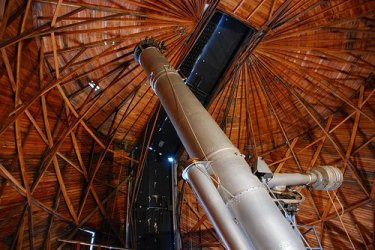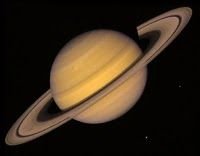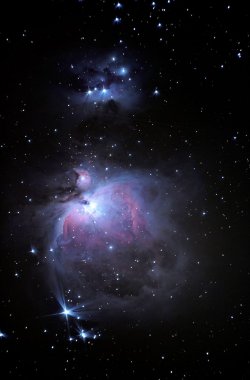xsited1
Agent P
Post all things Astronomy whether political or not.
I'll start.
Lowell Observatory in Flagstaff, Arizona, sometimes has open nights for the public. Back in the 90s, I once saw Saturn through their main telescope, the 24" Alvan Clark Refracting Telescope. The view was breathtaking.


Lowell Observatory
I'll start.
Lowell Observatory in Flagstaff, Arizona, sometimes has open nights for the public. Back in the 90s, I once saw Saturn through their main telescope, the 24" Alvan Clark Refracting Telescope. The view was breathtaking.


Lowell Observatory







